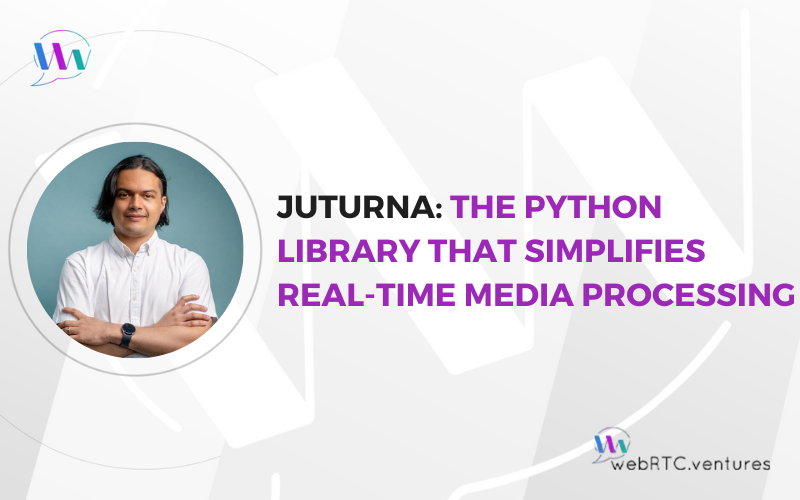
Each month, our CEO Arin Sime sits down with long-time WebRTC industry authority Tsahi Levent‑Levi of BlogGeek.me to discuss the latest real-time communications trends and challenges. In their November 2025 session, Arin asked Tsahi five pointed questions and gave him 90 seconds per answer, pushing for clear

On the November 19 episode of WebRTC Live, we attempted to settle the debate on “MOQ vs. WebRTC” once and for all. Since Cloudflare has been expanding its offerings in 2025, with both WebRTC- and MOQ-related product announcements, we invited a few members of their team for a

As WebRTC developers, we’ve gotten very good at moving real-time media around the globe. But often, the most exciting and valuable work happens when we stop just routing media and add some processing to it. The challenge is that building custom, real-time media processing workflows is often

Many WebRTC applications struggle with outdated or inappropriate media server infrastructure, limiting their ability to scale effectively and support powerful AI features. Alfred Gonzalez, Senior WebRTC Engineer at WebRTC.ventures, walks us through the considerations, options, and steps to successfully migrate to another media server. He’ll then show






